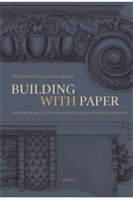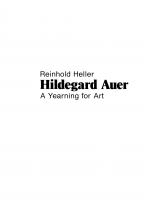Pissarro, Neo-Impressionism, and the Spaces of the Avant-Garde
Pissarro, Neo-Impressionism, and the Spaces of the Avant-Garde
From the publisher:
In Pissarro, Neo-Impressionism, and the Spaces of the Avant-Garde, Martha Ward tracks the development and reception of neo-impressionism, revealing how the artists and critics of the French world of the 1880s and 1890s created painting's first modern vanguard movement. Paying particular attention to the participation of Camille Pissarro, the only older artist to join the otherwise youthful movement, Ward sets the neo-impressionists' individual achievements in the context of a generational struggle to redefine the purposes of painting. She describes the conditions of display, distribution, and interpretation that the neo-impressionist challenged, and explains how these artists sought to circulate their own work outside of the prevailing system.
Throughout, there are sensitive discussions of such artists as Georges Seurat and Paul Signac, as well as Pissarro. Yet the touchstone of the book is Pissarro's intricate relationship to the various factions of the Paris art world. Pissarro's adoption of neo-impressionism, often considered an aberrant move, was in fact consistent with a larger pattern of rupture and discontinuity in his career, and a sign of his responsiveness to the changing social connotations of artistic language. In close readings of selected paintings, Ward shows how Pissarro's neo-impressionist works express his anxieties over the institutional and commercial developments of art, simultaneously addressing and seeking to alter their own historical position.





















































































































































